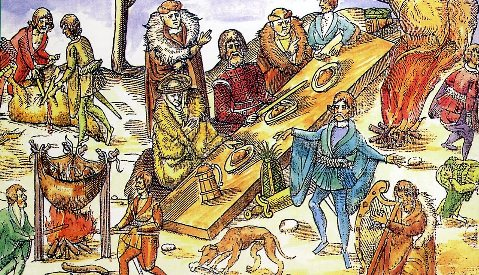A community excavation is uncovering evidence of Iron Age activity at a location well known for its fortified Roman colony.
Venta Icenorum - as the Romans called it - had running water, baths, a town hall and a forum and was enclosed in walls in the 3rd Century
The largest Roman town in East Anglia was located in Caistor, Norfolk. Every summer, a combination of villagers and archaeologists excavate it.
The area surrounding the fortified site is the subject of the dig.
Iron Age artifacts and "some sort of road," according to project director Will Bowden, have been found, providing "a sense of pre-Roman activity."
Before that it was surrounded by defensive ditches and this is the area the excavation is concentrating on
"One of the most intriguing areas of the Roman town" is the focus of the community archaeological organization Caistor Roman Project.
When the town was first established in the early AD 70s, it was encircled by a 2.4 km (1.49 mi) wide circuit of ditches rather than walls.
The community archaeology team have been excavating the site since 2006
It wasn't until the third century that its walls were erected.
It is a crucial location, according to project director Prof. Bowden, a Roman archaeology expert from Nottingham University.
Prof Will Bowden said while it is early days, their latest finds are giving them "a real sense of what's going on in this field"
"We've always known this is an important area of the Roman town, and excavations on this land in the 1930s demonstrated this had some of the earliest activity associated with the town in the very late Iron Age or early Roman period," he added.
We are interested in learning how the town grows, what existed here in the past, how the community develops, and why it is currently just a green field.
The defensive ditches surrounded an area much greater than the later walls
The Iceni, best known for their leader Boudicca, who led a revolt against the Romans in AD61, built "one of the largest" temple constructions in Roman Britain close to the site.
Archaeology student Kelsey Middleditch is enjoying putting her learning into action
An archaeological student at the University of East Anglia named Kelsey Middleditch has so far assisted in the discovery of what appears to be cobblestone paving and some horse teeth.
You don't even have to be an archaeology student or particularly interested in history to participate, she said.
It was occupied until the 8th Century, when it was abandoned and Norwich became the county's civic centre













